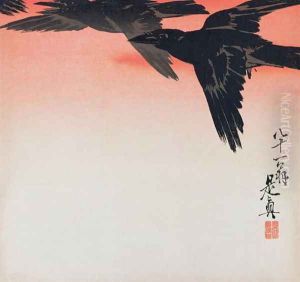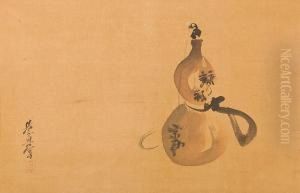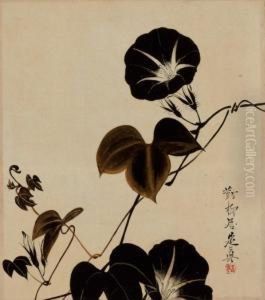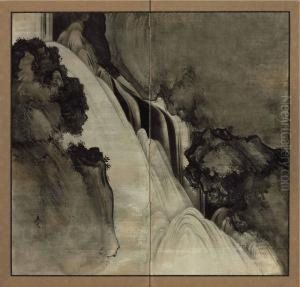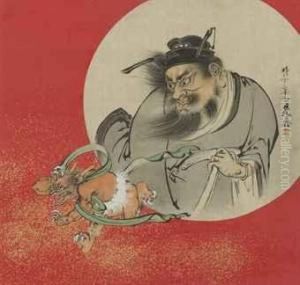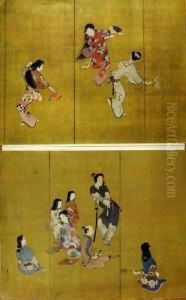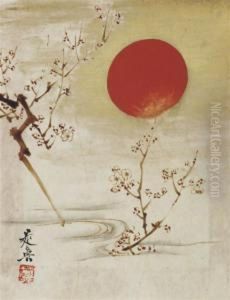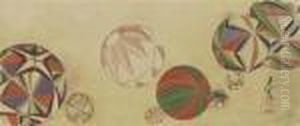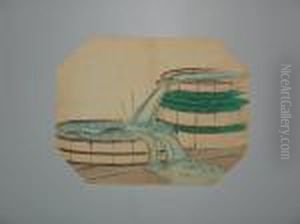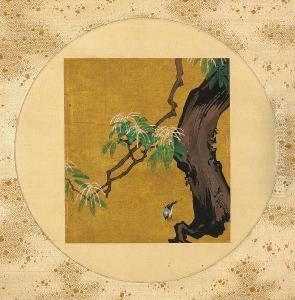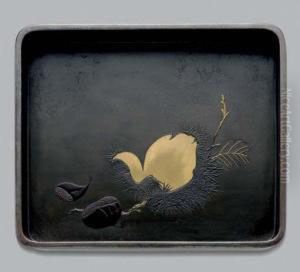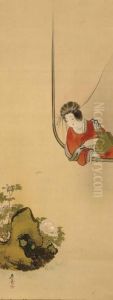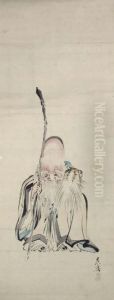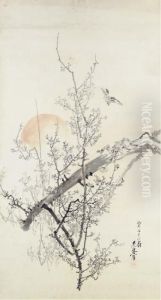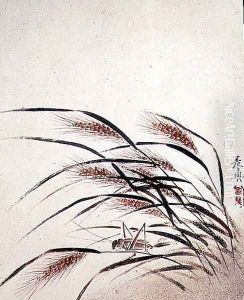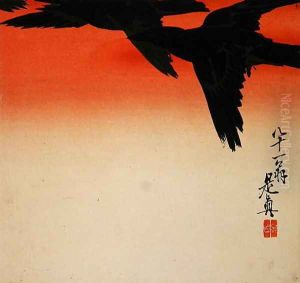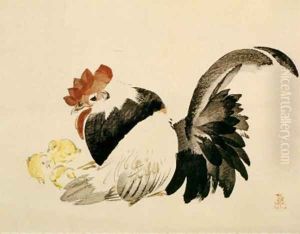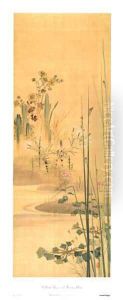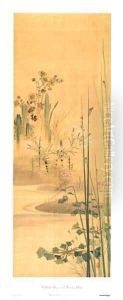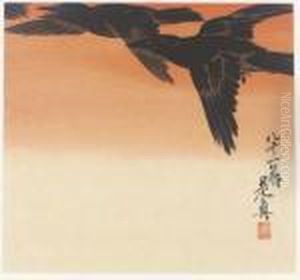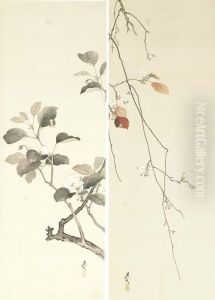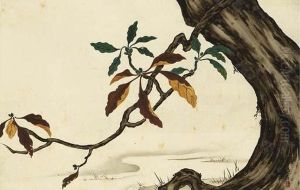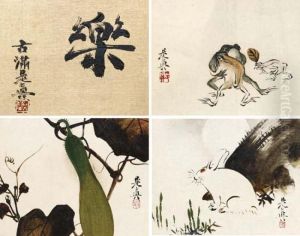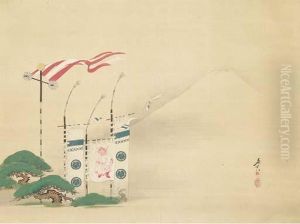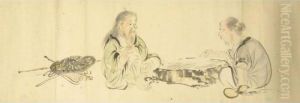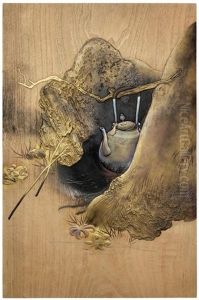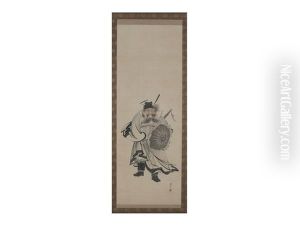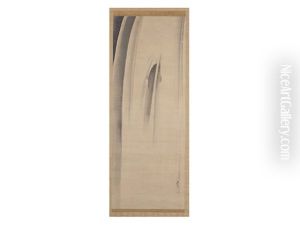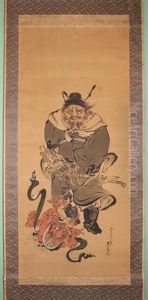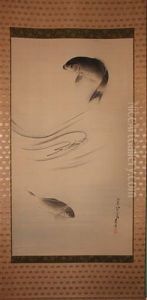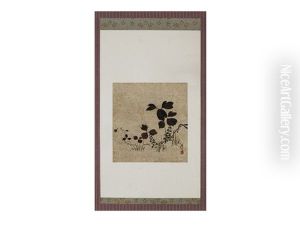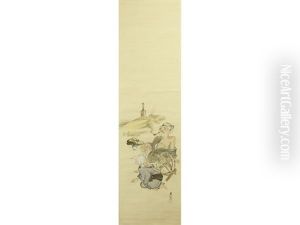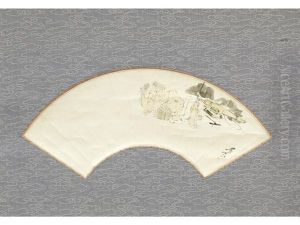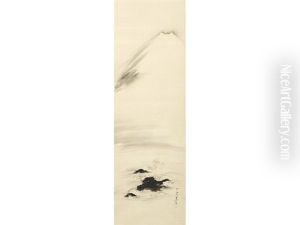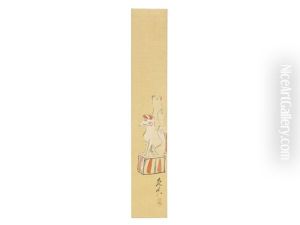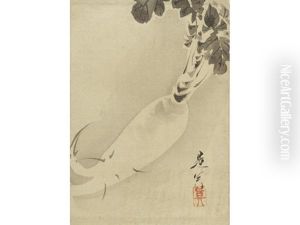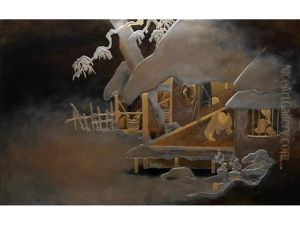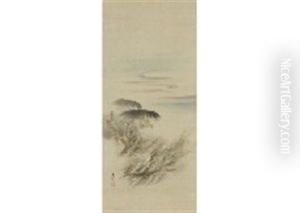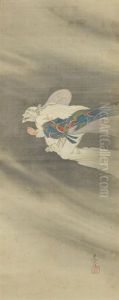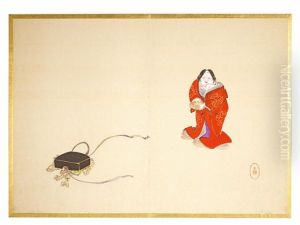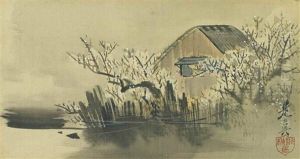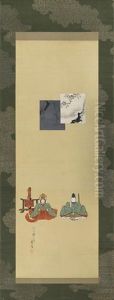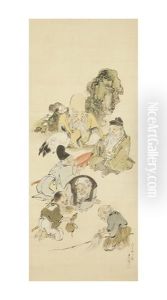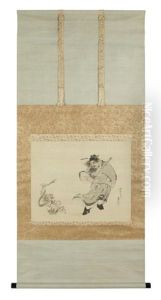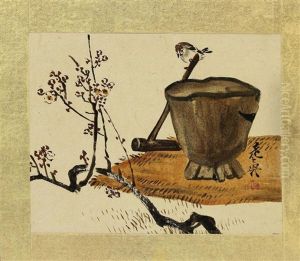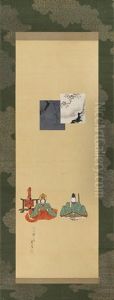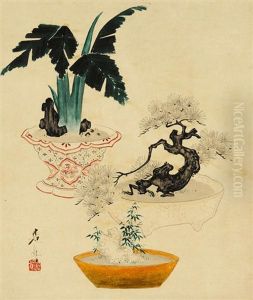Shibata Zeshin Paintings
Shibata Zeshin was a renowned Japanese artist who specialized in lacquerwork and painting during the late Edo and early Meiji periods. Born on March 15, 1807, in Edo (now Tokyo), Zeshin began his artistic training at a young age under his father, who was a decorator of lacquer objects. His talent was evident early on, and he was apprenticed to the famous lacquer artist Koma Kansai II when he was just eleven years old. Over the years, he mastered the art of lacquer and was known for his innovative techniques and the quality of his work.
Zeshin also trained in painting under Suzuki Nanrei and Okamoto Toyohiko, which allowed him to combine lacquer techniques with painting, creating unique and highly sought-after works. He became well-known for his use of the maki-e technique, where gold and silver powders are sprinkled onto wet lacquer to create intricate designs. His works often depicted scenes from Japanese literature, folklore, and daily life, and he was particularly adept at capturing the subtleties of nature in his art.
Throughout his career, Zeshin faced both acclaim and criticism. His unconventional styles sometimes clashed with the artistic norms of his time, but his skill and creativity earned him many commissions and admirers. In 1890, a year before his death, he was appointed to the Art Committee of the Imperial Household, a significant recognition of his contributions to Japanese art.
Zeshin's legacy is marked by his influence on the Meiji-era art world and the revival of traditional Japanese lacquer techniques. His works are held in high esteem and are part of collections in leading museums around the world. He died on July 13, 1891, leaving behind a body of work that continues to be celebrated for its beauty and craftsmanship.
